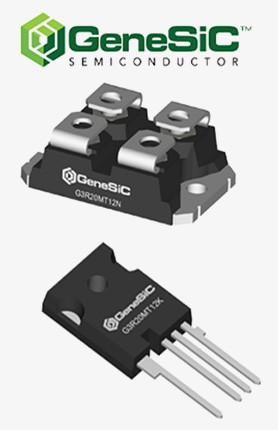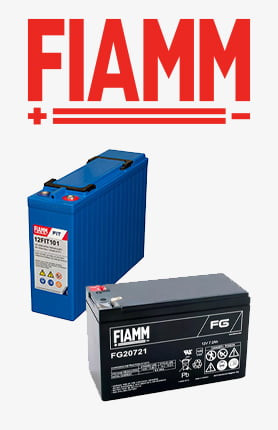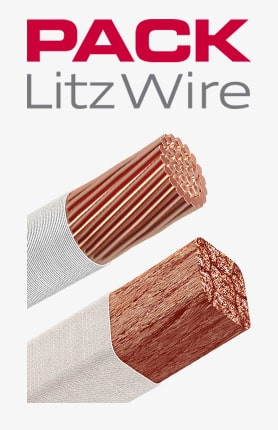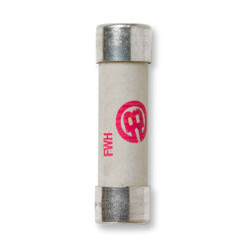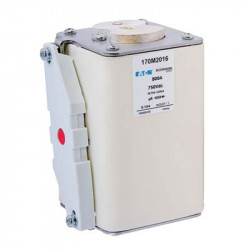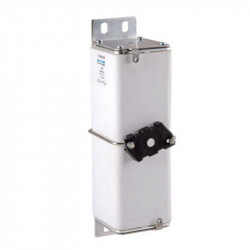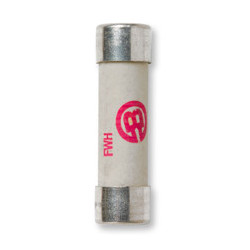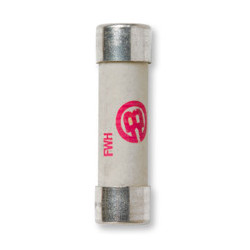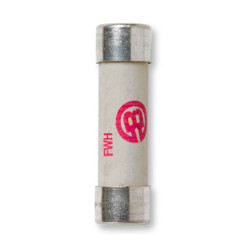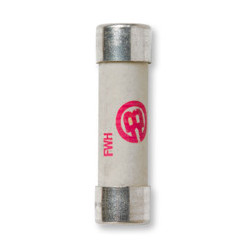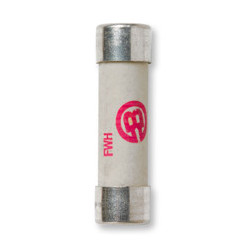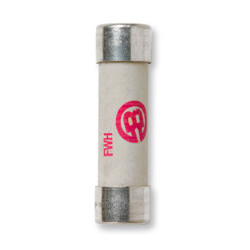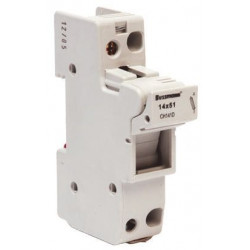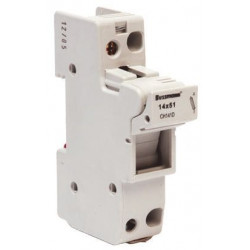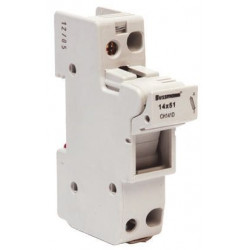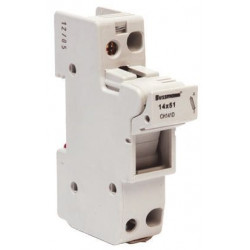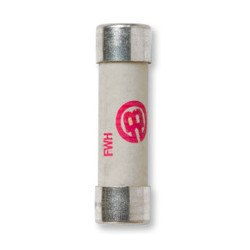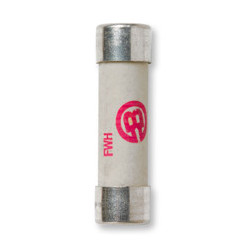Fuses
Categories
We offer a wide range of fuse links in various designs: blade type, cartridge type, bolt-on, and screw type. We also provide accessories such as fuse trip indicators, micro switches for trip indicators, and fuse bases. For cartridge fuses, we also offer bases mounted on DIN rails.
What are fuses used for?
Fuses are used to protect electrical receivers from the effects of short circuits and overloads. They are equipped with fusible elements that melt when an overload or short circuit occurs in the protected circuit. All fuses have a similar structure and consist of: a fusible element, filler, housing, and contacts. The fusible element has shaped constrictions that determine its time-current characteristic and is welded or soldered to the fuse contacts. The fusible element is surrounded by filler material that extinguishes the electric arc. This filler is most often special quartz sand. The entire assembly is placed in a ceramic housing called a body.
What are the basic fuse parameters?
The basic parameters of fuses are:
- Rated current IN [A] – the maximum RMS value of continuous current of the fuse under specified operating conditions. The rated current value is marked on each fuse.
- Rated voltage UN [V] – the maximum permissible operating voltage of the fuse.
- Joule integral I2t [A2s] – the minimum amount of energy required to melt the fuse.
- Breaking capacity [A] – the expected short-circuit current value that the fuse can interrupt at rated voltage and under specified ambient temperature.
- Power dissipation [W] – the power loss generated in the fuse link when the rated current flows.
- Pre-arcing time [s] – the time between the moment the current in the fusible element reaches a sufficient value to cause interruption and the moment the arc ignites.
- Arcing time [s] – the time between the ignition of the arc and the burning of the fusible element.
- Total clearing time [s] – the sum of the pre-arcing time and the arcing time.
The melting time of the fuse depends on the current value and decreases as the overload current increases. This time for a given current can be read from the time-current characteristic of the fuse. The time-current characteristic is a curve showing the average clearing times depending on the expected short-circuit or overload current.
Depending on the type of time-current characteristic, fuses are divided into:
- aR – ultra-fast partial-range fuses for protecting power semiconductors against short circuits only
- gR – ultra-fast full-range fuses for protecting power semiconductors against both short circuits and overloads
- gL/gG – full-range slow-blow fuses for protecting electrical receivers and cables
- aM – partial-range fuses for protecting electric motors
- gTr – full-range fuses for protecting transformers
Fuse applications:
- cable protection;
- protection of electrical receivers;
- transformer protection;
- electric motor protection;
- capacitor protection;
- protection of power semiconductors: diodes, IGBT transistors, thyristors;
- protection of electronic devices: soft-starts, inverters, rectifiers;
- protection of MV transformers, voltage transformers, and MV motors.
What are ultra-fast fuses and what types exist?
Ultra-fast fuses, also known as Ultra-Quick, are designed to protect diodes and resistors, i.e., semiconductor elements. Their name comes from the fact that they can quickly cut off current flow when an overload or short circuit occurs. This ensures effective protection of semiconductor components from damage.
These fuses are divided into two types – aR or gR. The first protect only against short circuits. They are partial-range fuses and operate only in situations of a sudden current increase.
The second type are ultra-fast full-range fuses, protecting not only against short circuits but also against overloads. This means that when the current value exceeds the norm, they completely melt in a short time. Thus, ultra-fast full-range fuses interrupt the circuit, preventing further power flow.
How do ultra-fast fuses differ from traditional fuses?
Ultra-fast fuses are distinguished primarily by their extremely fast reaction time in the event of a short circuit or overload. They can break the circuit in as little as a few milliseconds. Traditional fuses, on the other hand, operate more slowly, with their fusible element heating up gradually.
The way full-range and partial-range fuses operate also determines their different applications. They are mainly used in circuits where protection against damage caused by variable current parameters is a priority. Examples include soft-start circuits or frequency converters. A characteristic feature of ultra-fast fuses is also their low I²t values. This parameter translates into a strong ability of these elements to limit short-circuit currents.
At DACPOL we offer Ultra-Quick fuses in various sizes, both in full-range and partial-range versions.
Electrical fuses for industry
In our store we offer a wide selection of types of fuses that ensure safe operation in all types of electrical installations – both residential and industrial. Our protection devices guard against electric shock, overvoltages, and fire, giving the user peace of mind and reliability of equipment operation.
DACPOL products are high quality, safe, and popular among customers for their reliability and ease of installation. Each component serves its function in the installation, protecting both equipment and the entire building from the effects of overloads. Thanks to this, the user can safely use electrical energy at home or at work. Our fuses provide an appropriate level of protection for all groups of devices, from the simplest to advanced systems. At DACPOL, we ensure that every electrical installation is safe and its operation convenient and reliable.

